August 22, 2025 • 11 min read
What is Customer Experience Transformation? A Complete Guide

Content Writer
August 22, 2025

Companies that take the initiative in putting customer experience at the forefront of their operations see 1.7 times faster revenue growth than those that don't.[*] Yet, it is very apparent many organizations struggle with where to start and how to measure success.
This guide is going to get you thinking about the clear ways you can work towards turning customer experience into a revenue engine, we discuss the metrics that matter and outline actionable steps you can implement starting today.
What Is Customer Experience Transformation?
Customer experience transformation is the process of reshaping how your entire organization dreams up, designs, and delivers value to customers at every stage of their journey. This extends beyond just any singular touchpoint or simple fix, it's about the whole system at large. Even the way you consider your CX design bleeds into the final result.
A cool way of going about it is imagining you're tinkering with the way your company's DNA puts customers at the center of every decision. Ergo this is ensuring your marketing teams consider service implications before launching campaigns, nudging product teams to actually build features based on tangible customer pain points, and bestowing your support teams the authority to solve problems without escalating through multiple approval layers.
Why to Transform Customer Experience
Poor customer experiences have cost companies an estimated $3.7 trillion in global sales just last year.[*] It's clear that the gap between market leaders and lazy laggards widens as time passes. The financial impetus to prioritize customer experience is clear and simple, with research across industries showing a straight-up connection between CX investments and how well a business performs.
The Business Impact
Companies that earn $1 billion annually can typically expect to generate an additional $700 million within three years by implementing comprehensive CX improvements that involve optimization of their user experiences (UX) and bolstering existing service capabilities.[*] CX leaders, per the latest studies on CX ROI, achieve up to 307% higher stock performance than rivals where laggards see their market share dwindle and their customers leave in large numbers.[*]
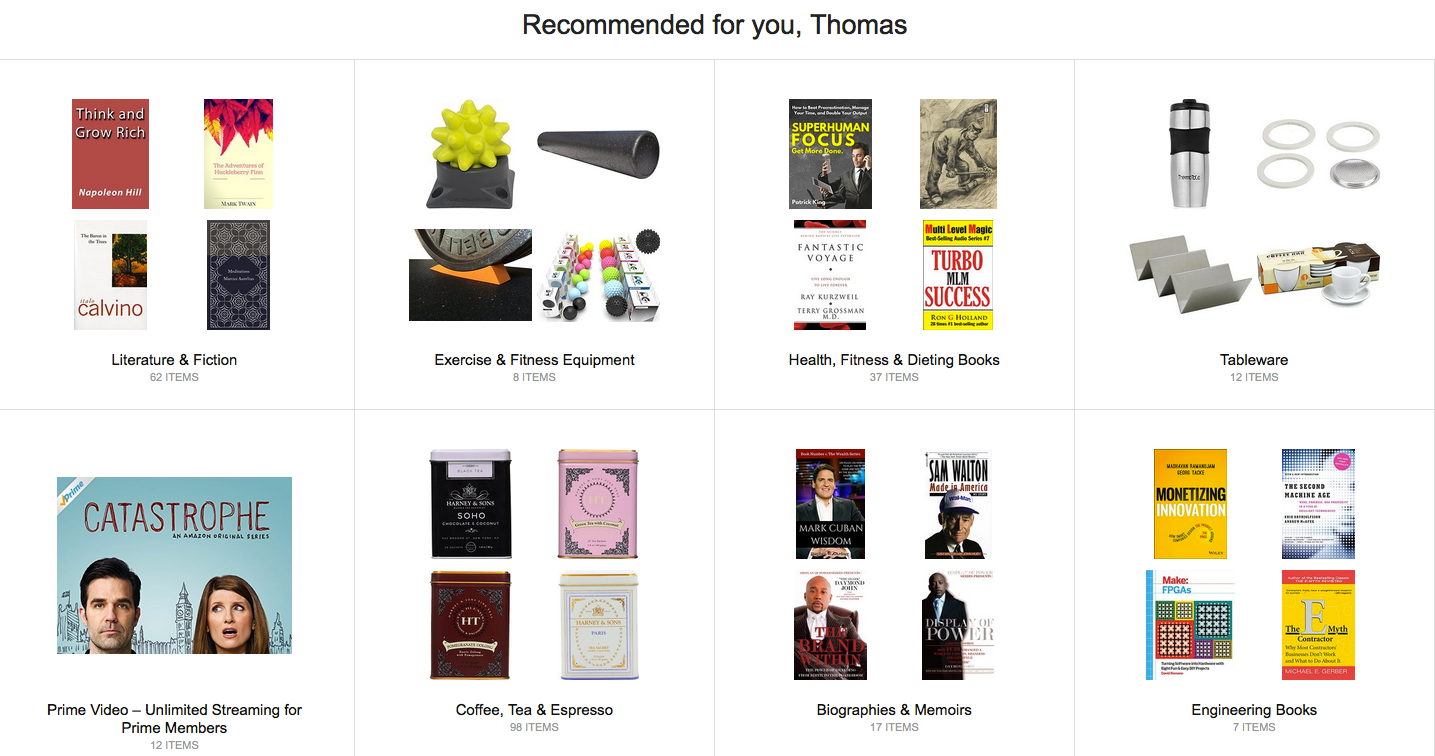
One example we can't help but love to bring up is tech titan Amazon and how they notoriously built an empire by endlessly choosing to prioritize customer experience over the lure of cost-saving but ultimately short-term profits, investing in innovative touches like one-click ordering and its signature two-day fast shipping. These investitures wrought iron-clad customer loyalty that competitors still struggle to match to this day, decades after the fact.
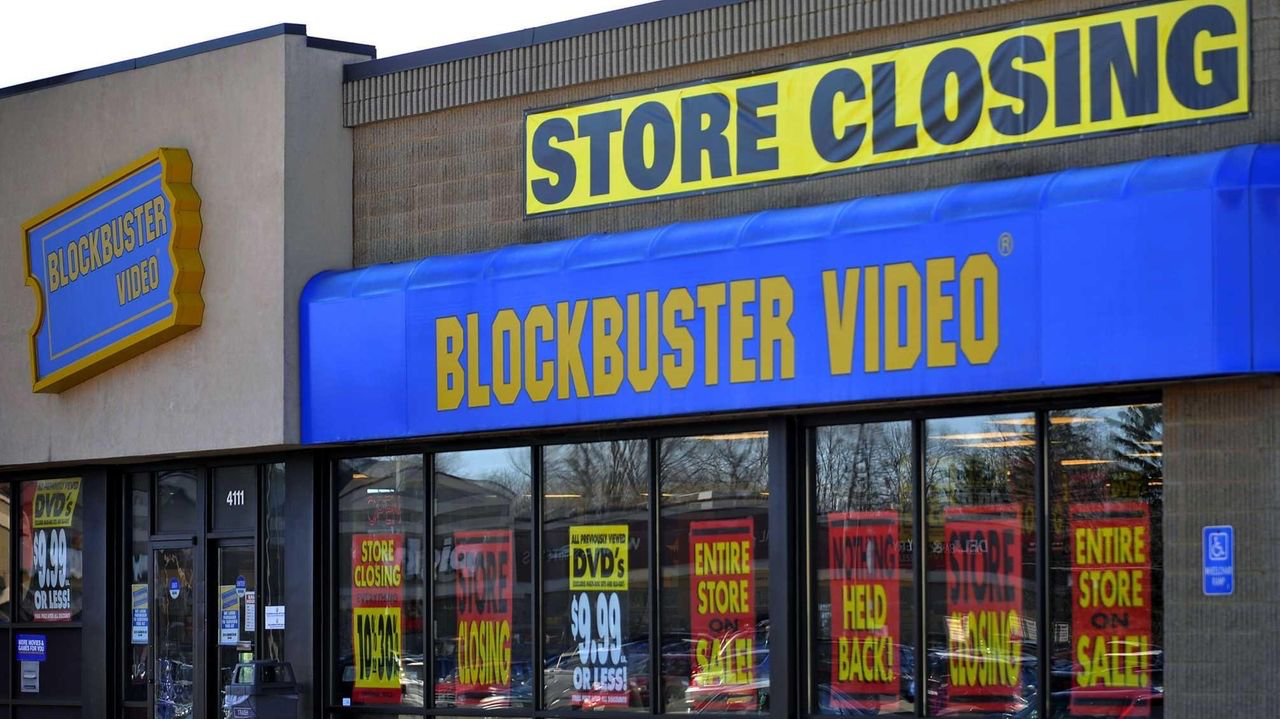
The Cost of Waiting
Delay is your death wish in today's market. Over 50% of customers say they'll pull the trigger and switch to a competitor after just one unsatisfactory customer experience.[*] Worse off, companies with poor customer experiences generate nearly 6 times less revenue than CX leaders as per Deloitte's latest findings.[*]
Poor customer experiences just lead to a wave of failures that end up losing your customers and possibly the whole game:
- Lost customers spread negative feedback faster than satisfied customers share positive experiences
- Service teams spend more time dealing with frustrated customers
- New customer acquisition becomes more expensive as word-of-mouth marketing turns negative.
Blockbuster's own disaster movie-worthy collapse should warn you what happens when you choose to delay. The company chose to focus on operational efficiency in the moment and within just the brick-and-mortar walls lined with VHS tapes and DVDs. Meanwhile Netflix invested in making its priorities lie within customer convenience, bringing movies to customers via mail delivery and cornering the market in streaming. Blockbuster eventually folded in itself ultimately losing market dominance to a more customer-focused competitor.
CX Transformation Framework
We've drafted a tried-and-tested three phase map that will assist you as you work to transform CX from conceptual imaginings to real competitive advantages, as each phase builds on the previous one. Our methodology manages to strike that balance as you score quick wins but still make long-term strategic changes.
Phase 1: Assess and Plan (Month 1)
This phase is focused on the assessment of your existing operation and the way to plan ahead of potential snafus and accommodate your plans to match the visions you set forth for yourself.
Quick Assessment
Start by mapping your customer journey from first awareness through post-purchase support. Identify the top three friction points where customers get stuck or frustrated.
At the same time, establish baseline metrics such as Net Promoter Score (NPS), Customer Satisfaction (CSAT), and churn rate. These benchmarks give you a clear starting point for measuring improvement.
Another great source of information is your frontline employees because they know your customers deeper than the data reveals. You need to know what the rivals are up to as well, as this will reveal improvement opportunities and differentiation opportunities.
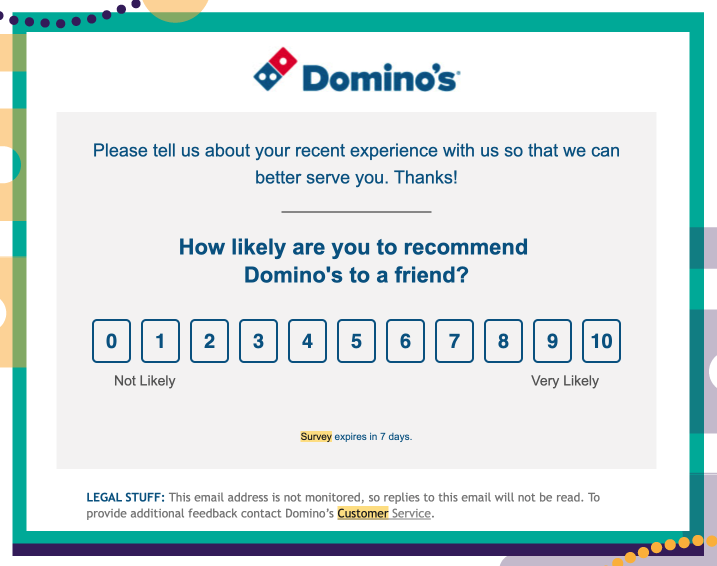
Set Clear Goals
On top of assessment, you need to come up with the specific outcomes tied to your own business-specific desired results like "we want to reduce customer churn by 15% within a year" or "let's raise those average order values by 20%." We've identified a couple of quick wins that apply universally:
- Fix obvious website bugs
- Reduce response times for common requests
- Implement basic personalization using existing data.
This process requires some buy-in from all the levels. You can win over the executive level by showing your clear ROI projections forecasted using current performance gaps and industry benchmarks. Leadership commitment is a do-or-die moment for fostering cross-departmental collaboration.
Phase 2: Build Foundation (Months 2-6)
This stage is all about the fortification of your foundation in CX transformation: here you will implement data systems, empower your team with tools and training, and finally score some quick wins to show success.
Implement Data Systems
Creation of a truly unified customer view that spans across all touchpoints starts when you begin implementing a customer data platform. This platform's main goal is to consolidate information from your website, support system, and sales tools in a way that makes your team aware and smarter. That means when your customers call support: agents will be enabled to spot recent browsing patterns, previous purchases, and any previous skirmishes they may have had with support.
Unified customer data typically drives a 2.3x increase in customer lifetime value by enabling targeted communication and proactive issue resolution.[*] Set up feedback collection at key journey moments through surveys and regular pulse checks to really see if the data matches up to the experiences on the ground.
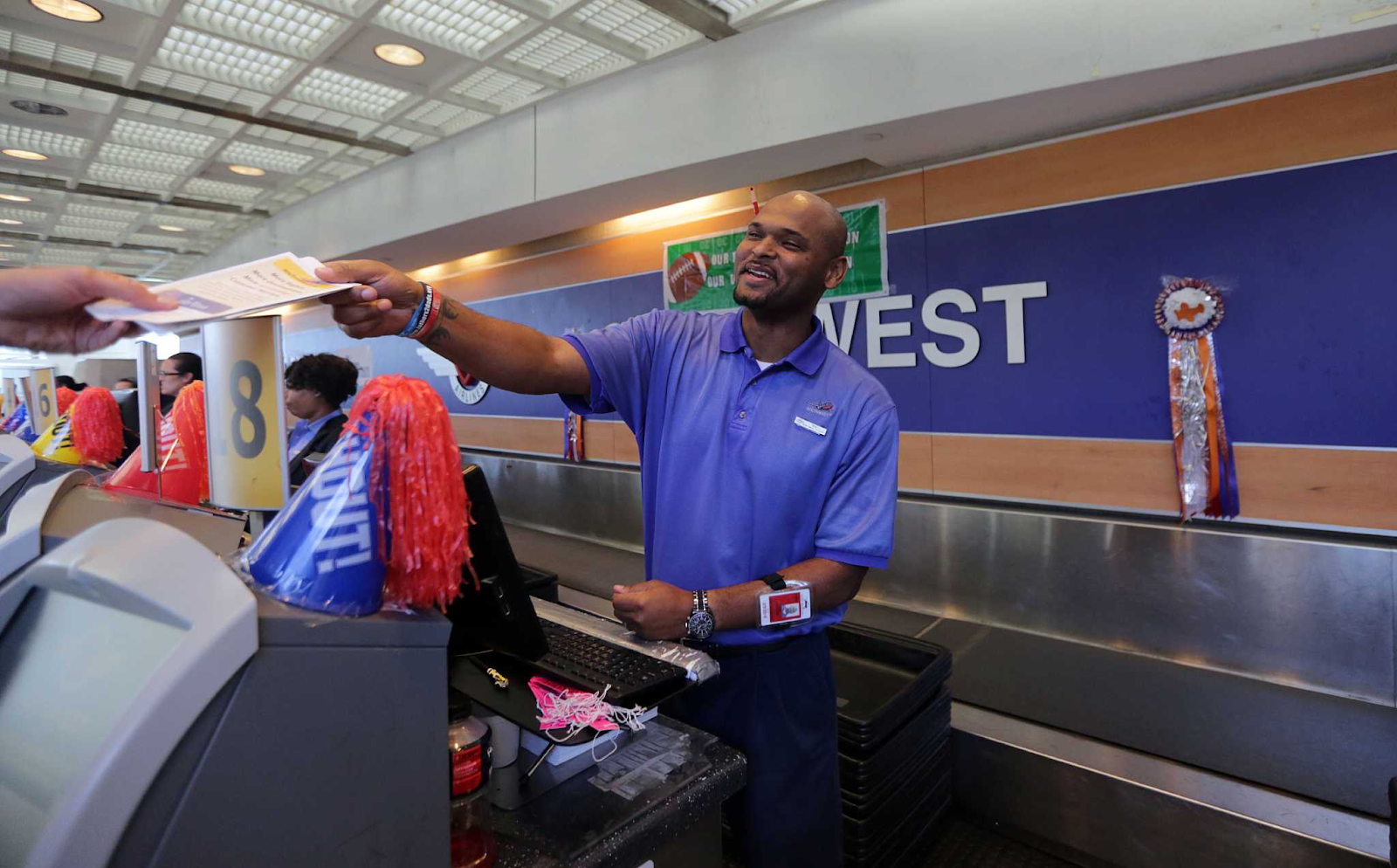
Empower Your Team
Train everyone on customer impact, it should not just be customer-facing roles. Your frontline employees need to have the final shots on resolving problems without lengthy approvals clogging up their drains. Someone who does that authority passing well is Southwest Airlines gate agents.
Organizations with strong customer experience cultures will see immediately 60% higher employee engagement, creating a positive cycle where engaged employees deliver better experiences.[*] Share customer feedback throughout the organization through dashboards showing satisfaction trends and common complaints.
Launch Quick Wins
Addressing the biggest pain points you find in your assessment is the way to create and foster immediate goodwill while ramping up momentum. Implement basic personalization like calling customers by their preferred name or cutting the clutter and showing relevant product recommendations.
Improve response times on key channels where customers experience delays. Track results immediately to validate your approach and build transformation confidence.
Phase 3: Scale and Optimize (Months 6-12+)
If you’ve made it to this point, you’re now looking to scale up and optimize your winning operations, this means being sure to deploy newer tech, create seamless experiences that keep customers hooked in, and establishing feedback loops to keep things moving upwards.
Deploy Technology
You need to think forward and implement AI-powered chatbots for 24/7 support. Well-designed and smart chatbots will make the time to resolve approximately 80% of common questions while sending over those touchy and human-necessary complex issues to flesh and blood agents.[*] Launch predictive analytics that identify potential problems before they occur.
AI adoption in customer experience typically shows 40% productivity improvements while enhancing satisfaction through personalized interactions and doing the work at creating consistent experiences across all channels.[*]
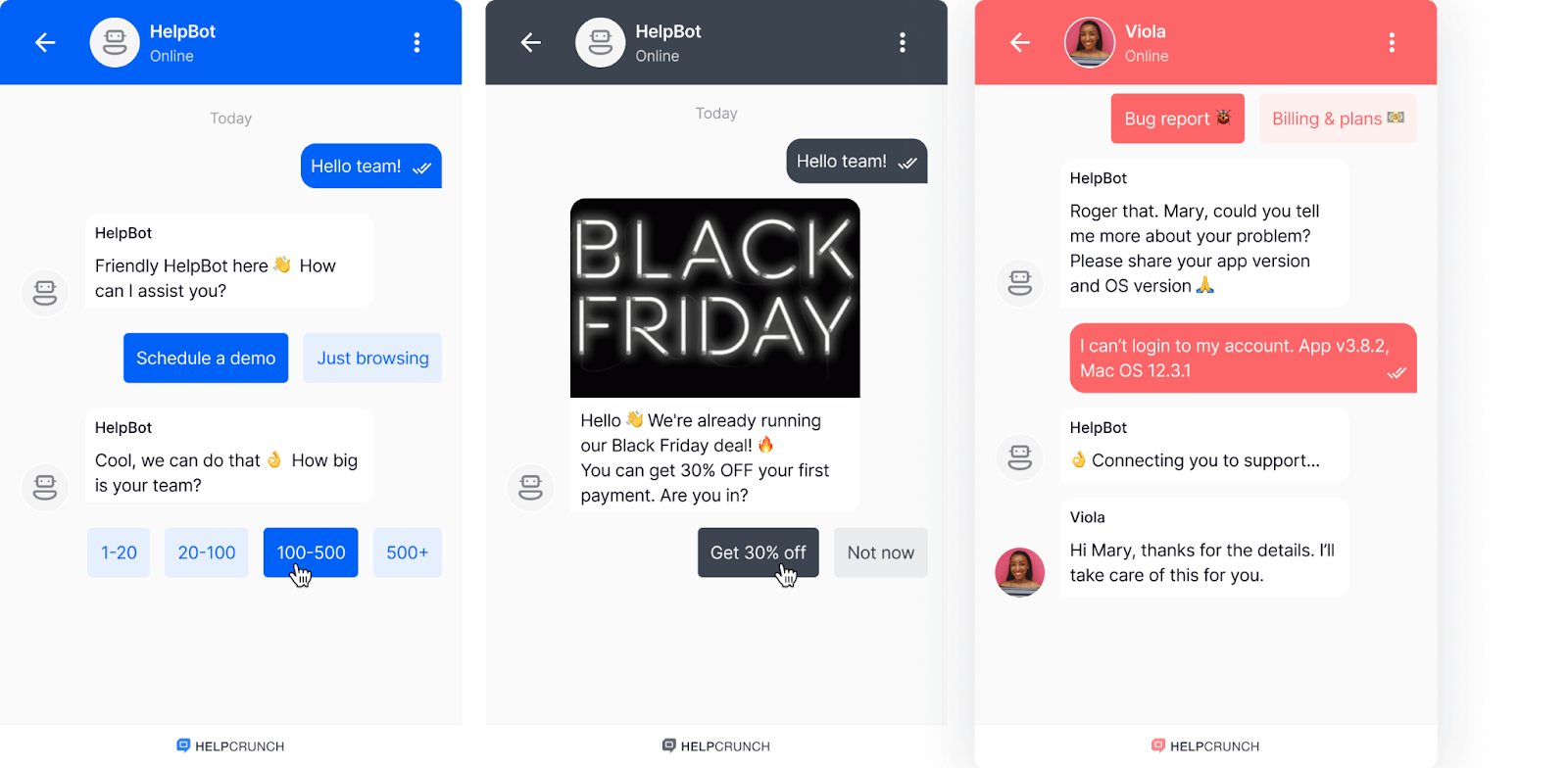
Create Seamless Experiences
So how does one make things feel seamless? Well, that story starts by forming a sense of consistency across web, mobile, phone, and physical store, because let's face it: customers notice when information doesn't carry across the channels. Work to ensure you maintain customer context as interactions move between channels to prevent repeatedly hearing them talk your agents's ears off over the same things. They hate that!
Omnichannel oriented customers will pay you back in full and then some as they demonstrate 30% higher lifetime value compared to single-channel customers, making consistency a high-impact investment. Personalizing your interactions based on whatever robust collection of your customer history and their preferences is a must!
Establish Continuous Improvement
Finally, this phase needs you to update those nitty-gritty customer journey maps regularly because we know business and expectations evolve. Test new initiatives via A/B testing before doing the big and full implementation to validate your actually doing something everyone wants.
Conduct monthly performance reviews examining both customer feedback and business metrics. Respond quickly to data insights, as successful transformations embrace rapid experimentation over lengthy planning cycles.
Measuring CX Transformation Success
Effective measurement combines customer perception metrics with business impact indicators to provide complete transformation progress visibility. This process thrives on tracking leading indicators that predict future performance while monitoring lagging indicators showing actual business results.
Key Metrics to Track
Focus on three core perception metrics: Net Promoter Score (NPS), Customer Satisfaction (CSAT), and Customer Effort Score (CES). These show how customers feel about your brand and help predict future behavior. Pair them with business impact metrics such as revenue per customer, churn reduction, and acquisition costs to connect CX directly to financial results.
Research shows each 1-point increase in customer experience scores correlates with 2-3% revenue growth, providing a framework for projecting financial impact.[*] Measure operational performance through first contact resolution rates and response times.
Calculate Your ROI
Track revenue increases from existing customers through improved retention, increased purchase frequency, and higher order values. Measure cost savings from operational efficiency improvements including reduced support volumes and lower replacement costs from reduced churn.
Industry research typically shows $3 return for every $1 invested in customer experience improvements, making the business case compelling.[*] Monitor referral impact through advocacy programs and new customer source tracking.
Technology Enablers for CX Transformation
You need to set that tech stack straight because it will be the backbone of your smashing transformation. It also is the sauce behind personalization at scale and seamless interactions across touchpoints. Modern CX technology integrates intelligently, connecting previously siloed systems to create unified CX experiences.
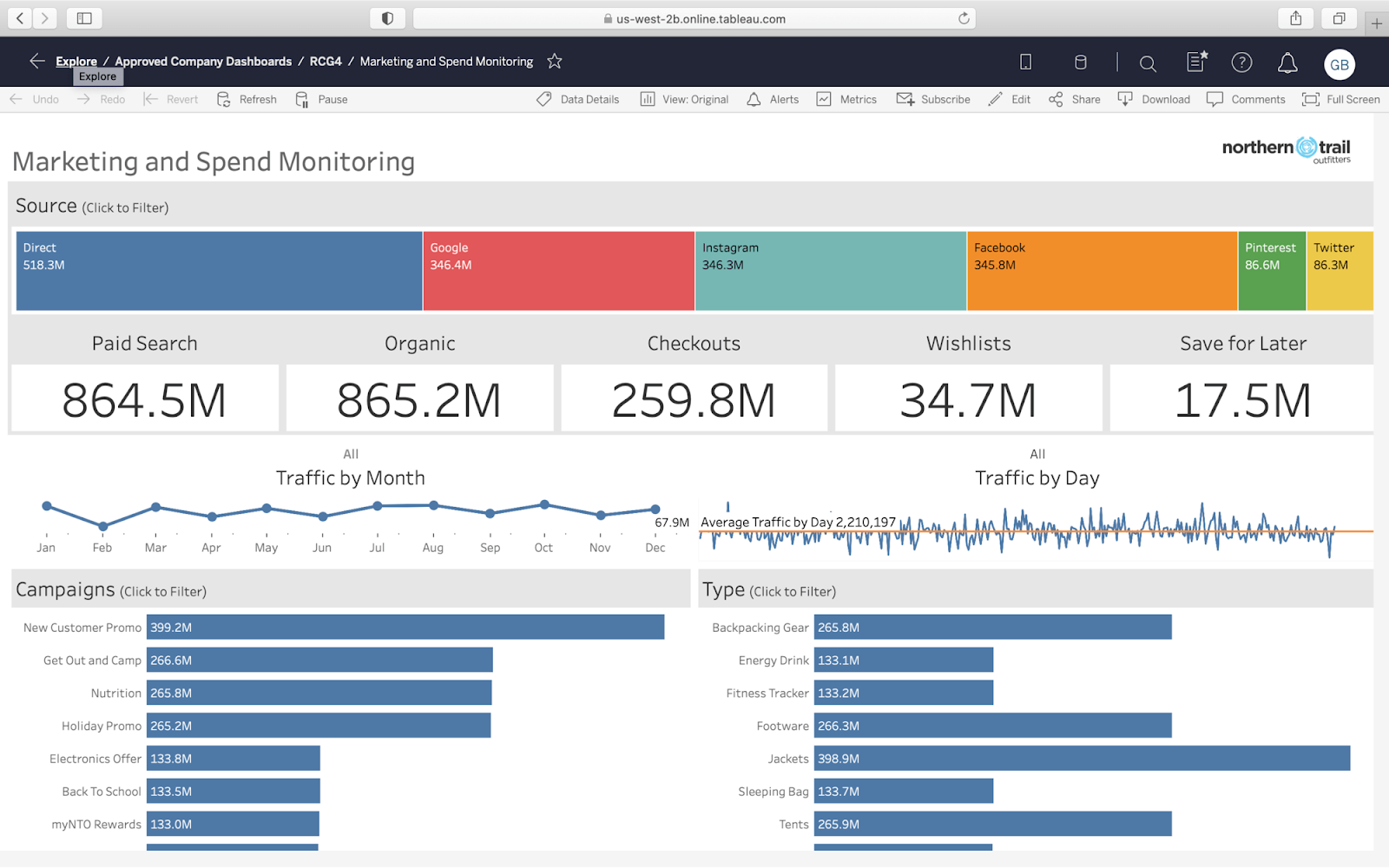
Essential Technology Stack
Customer Data Platforms (CDP) create unified customer views by consolidating information from all interaction points. Customer Relationship Management (CRM) systems support relationship development through complete interaction histories and business context.
On the consumer-facing side, you’ve got to have AI and chatbot technologies that provide scalable support while routing complex issues appropriately. On the backend, analytics platforms deliver insights and predictive capabilities for proactive service and continuous optimization.
AI and Automation Impact
Studies show that Conversational AI will take over approximately 80% of routine inquiries automatically, providing immediate responses while reducing costs.[*] Predictive analytics prevents issues by identifying problem patterns, enabling proactive outreach.
80% of leaders report measurable improvements from implementing AI in customer experience initiatives.[*] Personalization engines deliver relevant experiences by processing customer data for optimal content and timing.
CX Transformation is Your Killer Differentiator
CX transformation is something born out of both opportunity and urgency as it’s clear as day that those companies committed to systematic improvement see increased revenue as well as truer and brighter customer relationships. There is a proven and paved path that starts at the assessment level through optimization via clear metrics.
Organizations that thrive know the truth: that customer experience is really just their primary competitive differentiator. Position your company to capture that advantage while delivering genuine value to customers who drive your success by considering the CX transformation framework we’ve outlined above and put it to action today.
FAQs
Most initiatives show initial results within 3-6 months, with comprehensive transformation typically requiring 12-18 months.
Industry research demonstrates $3 return for every $1 invested. Companies prioritizing CX see 1.7x revenue increases compared to those that don't.
Begin with a comprehensive customer journey assessment, identifying the top three pain points. Establish baseline metrics, secure executive sponsorship, and implement quick wins demonstrating immediate value.
Digital transformation focuses on technology adoption, while CX transformation targets improving customer experiences through technology, culture, and operational changes with customer improvement as the primary objective.